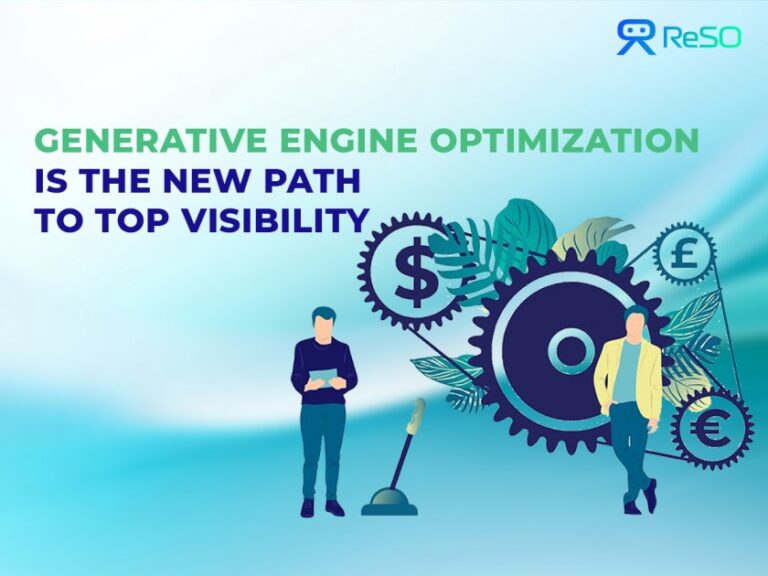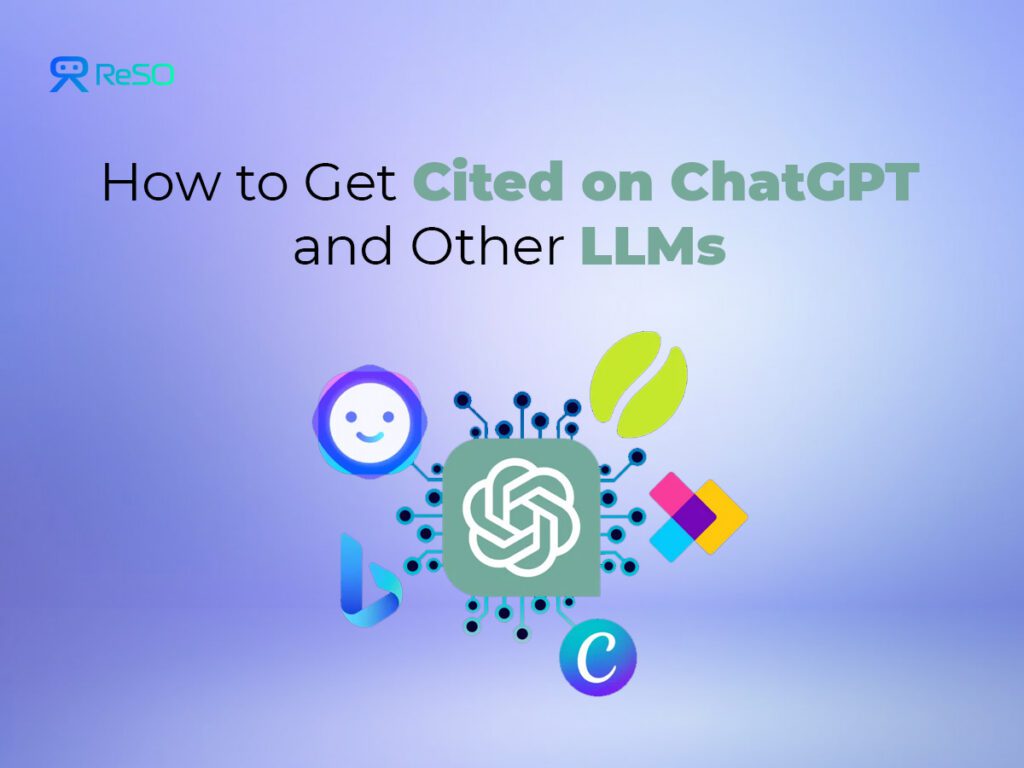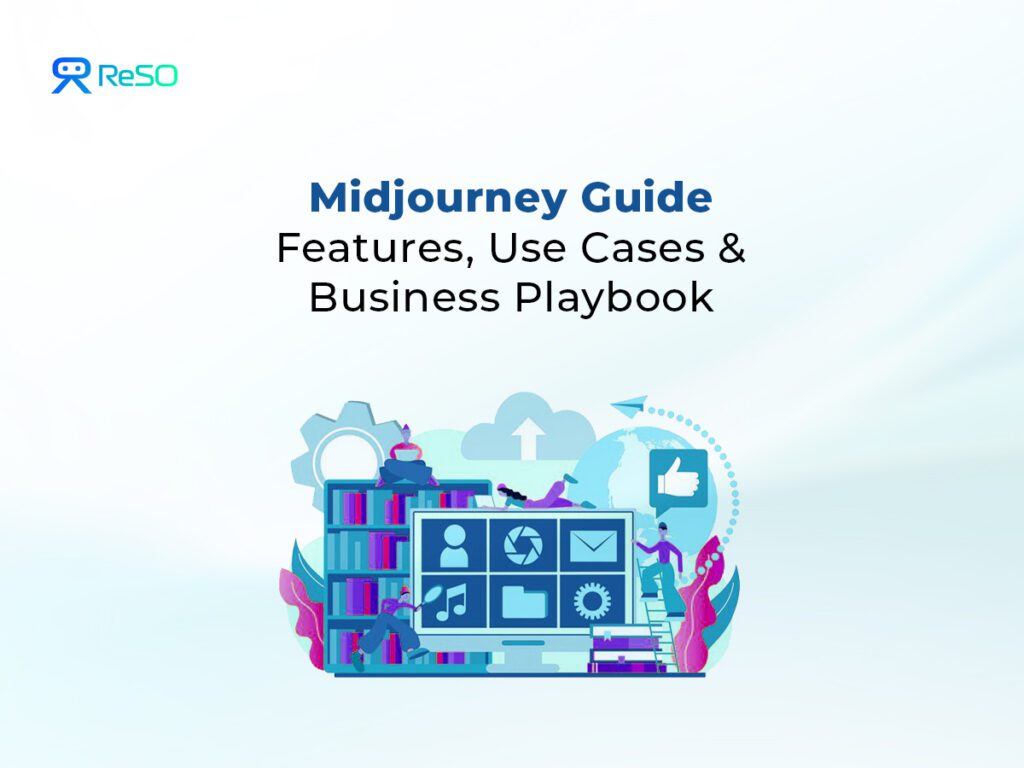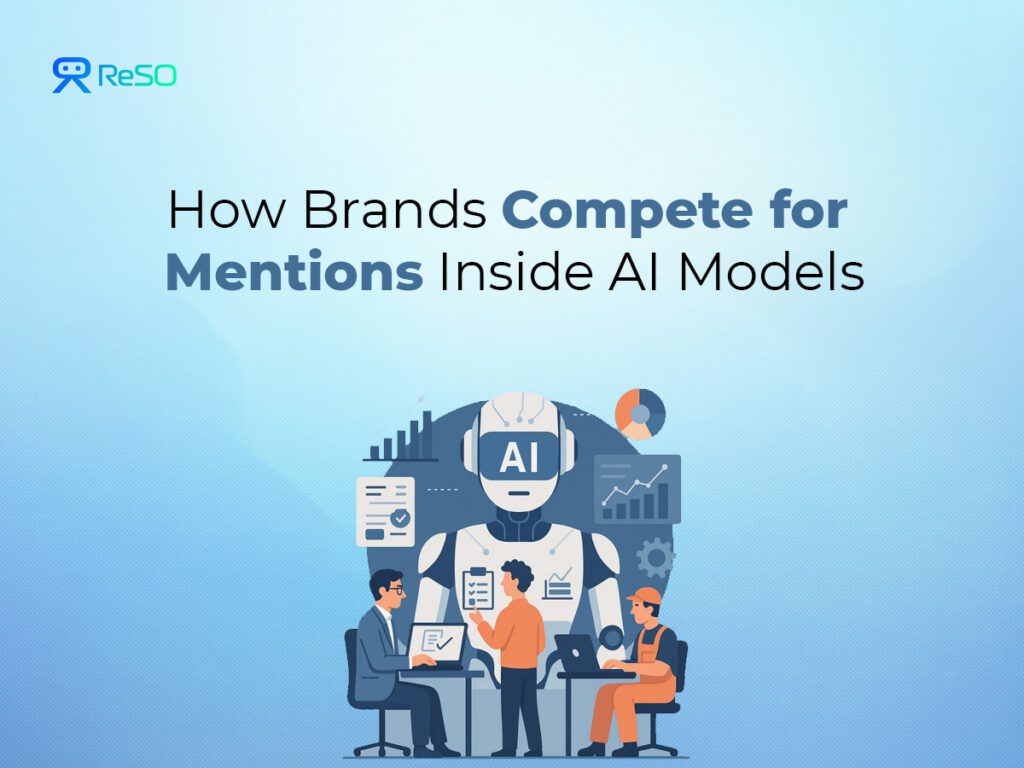The AI Search Revolution
When we ask a question and get an instant, conversational answer, no clicking through endless blue links, no bouncing between tabs, isn’t that reality today. 65% of searches now end without a single click, as AI assistants like ChatGPT, Perplexity, and Gemini deliver answers right in the chat window.
What really is this?
Generative Engine Optimization (GEO), where owning the answer narrative is more important than ranking in position one on a traditional search results page.
Gone are the days when SEO was all about meta tags and backlinks. Now, you need to become the “go-to” source that AI systems extract and cite. This isn’t just SEO 2.0, it’s a whole new ballgame. With Generative Search Ranking, your content doesn’t just appear in a list; it becomes the actual response that users read and trust.
Ready to transform your content into the answers AI assistants can’t resist quoting? Let’s build your roadmap to Generative Engine Optimization (GEO) supremacy, because in today’s AI-powered landscape, being cited is the new ranking.
Understanding AI Search Engines and Their Ranking Mechanisms
How ChatGPT, Perplexity, and Gemini Source Content
| Platform | Content Sourcing (Real-time web vs. training data) | Citation Patterns & Source Preferences |
| ChatGPT | Mostly sourcing leans on its pre-2024 training data, but “Browse with Bing” mode dips into live web results when you ask it to. | Doesn’t always show sources by default, citations appear if you ask; however you can’t always click through. |
| Perplexity | Blends live web searches with its LLM in one seamless flow, pulling real-time snippets and weaving them into answers. | Always pops up footnote-style citations you can click on, making it crystal clear where each fact came from. |
| AI Overview | Scours the web on the fly, then summarizes results at the top of Google’s search page, think real-time + AI in one snapshot. | Highlights key URLs directly in the overview box, though not every detail gets cited in the snippet itself. |
| Claude | Primarily trained on a massive proprietary dataset, with optional web plugins for up-to-the-minute info. | Often names its sources conversationally (“According to Wikipedia…”), but you may need to follow up for direct links. |
| Grok | Uses xAI’s LLM backbone, mixing its training knowledge with live data from X’s global feed when prompted. | Tends to reference posts and threads from X, favoring high-engagement content and verified accounts. |
The Citation Economy vs. Click Economy
Gone are the glory days of chasing clicks. In today’s AI-driven world, what really counts is how often AI assistants quote you, and how prominently. This is called the citation economy, where owning the answers earns you lasting authority.
Why Mentions Matter More Than Clicks
If ChatGPT or Perplexity pulls your line verbatim into its response, you become the definitive voice on that topic. Users may never click through, but that citation cements your reputation. Every time an AI assistant references your content, it’s an invisible seal of approval, broadcasting your expertise to millions.
Building Brand Authority Through AI Citations
- Citation frequency and positioning
Measure how many times and where within an AI response your brand shows up. Top-of-answer citations carry more weight, just like a featured snippet in classic SEO. - Share of voice vs. competitors
Track what percentage of AI-sourced answers mention you compared to others in your space. If you command 40% of citations on “best SaaS tools,” you’ve essentially cornered that conversation. - Sentiment analysis of brand mentions
Not all citations are equal. By analyzing whether mentions are positive, neutral, or negative, you can fine-tune content tone and messaging to reinforce trust.
In the citation economy, these three metrics, citation frequency and positioning, share of voice, and sentiment become your north star. They tell you not just that AI is talking about you, but how and with what impact. Move beyond clicks. Make every AI mention count.
LLM Mention Tracking: Essential Monitoring Setup
There’s a hidden stream of traffic happening in AI conversations that never shows up in Google Analytics. When AI answers mention your brand, it builds authority even if no one clicks. Missing these “quiet shout-outs” means lost opportunities to shape AI narratives and win customer trust.
Step-by-Step: How to Track AI Search Traffic Using GA4
| Step | What to Do | Purpose/Outcome |
| 1 | Create a Traffic Acquisition Report in GA4 | Establish a foundation for monitoring all acquisition channels |
| 2 | Add Session Source/Medium as a Column | Identifies exactly where referrals originate |
| 3 | Customize & Set as Default | Makes AI tracking simple and repeatable |
| 4 | Apply Regex Filter for AI Engines | Surfaces visits from ChatGPT, Perplexity, Gemini, Claude, etc. |
| 5 | Save the Report | Enables ongoing, on-demand AI traffic analysis |
When someone asks “What’s the best project management tool for remote teams?” and gets an AI-generated answer, that’s traffic you can’t see in your traditional analytics. But it’s happening a lot. These AI conversations are the new word-of-mouth, except they’re happening at scale.
LLM Mention Tracking Tools and Implementation
This is where ReSO comes in as a game-changer. Instead of playing guessing games about your AI presence, ReSO acts as your LLM mention tracking command center.
Here’s how we tackle this for you:
1. Prompt Intelligence That Actually Works
ReSO reverse-engineers how your buyers actually search in AI tools. We pull real prompts used across ChatGPT, Perplexity, Claude, and Google AI Overviews, then match them to your product features and positioning. It’s like keyword research, but for AI .
2. Full-Stack AI Visibility Audit
We check if you’re being recommended across all major LLMs and show you exactly how. You’ll see your appearance frequency vs. competitors, plus get a clear picture of your share of voice in AI conversations that matter to your business.
3. Technical AISO Fixes That Move the Needle
If AI can’t read your content properly, it won’t recommend you. Our audit detects schema gaps, thin content, and blocked pages, then ranks fixes by impact. No busywork, just the stuff that actually gets you cited.
Wait! The best part? ReSO isn’t just another audit tool throwing data at you. It’s your visibility engine that shows, prompt by prompt and page by page, exactly how you appear in the new generation of search.
By combining GA4’s traffic data with ReSO’s AI mention insights, you’ll catch every conversation, quiet or loud and turn those mentions into sustained authority in the citation economy.
Schema Markup for Generative Engine Optimization (GEO)
Key Schema Types: FAQ, How-to, and Article
| Schema Type | What It Does | Why It Matters |
| FAQPage | Turns your Q&As into bite-sized facts AI can pull | AI assistants surface your direct answers faster |
| HowTo | Breaks down processes into clear, numbered steps | Makes your tutorials and guides AI-friendly |
| Article | Highlights your in-depth, authoritative content | Signals expertise and builds trust with AI |
Essential Schema for B2B SaaS
- Product Schema
Marks your software as a product, showcasing its name, description, and pricing. - SoftwareApplication Schema
Tells AI about your app’s features, supported platforms, and use cases. - Review Schema
Shares customer ratings and testimonials to boost credibility. - FAQPage & HowTo
Reiterated here because they’re especially powerful for AI to extract answers and steps.
Entity Markup for Brand Recognition
Use Organization markup to tell AI about your company, its name, website, logo, and social profiles. This helps AI assistants recognize your brand accurately every time they reference it.
Advanced Generative Search Ranking Strategies
Spread Your Citations Everywhere
Don’t just wait for AI to find you, pop up in all the right spots.
- Slip your link into relevant Wikipedia pages (tip for the day, pick the less-scrutinized ones).
- Jump into Reddit and Quora threads, drop in real value, and casually mention your guide.
- Pitch a guest article to that niche industry blog everyone respects.
Every time AI scrapes those corners of the web, it sees your name, and before you know it, you’re part of its “go-to” sources.
Build a Topic Web, Not Isolated Posts
Instead of one random article, create a family of content that all links back to your main hub page.
For example, start with the big “Ultimate AI Content Guide,” then write spin-offs like “AI Content for Social Media,” “AI Content for Email,” and “AI Content for Webinars.” Link them together like a spiderweb.
AI crawlers follow these threads and think, “Wow, these folks really know this topic.”
Write Like a Data-Obsessed Journalist
Fluffy, feel-good fluff won’t cut it. Pepper your content with real numbers; survey results, user stats, mini case studies, anything that’s fresh and unique.
Instead of saying “many saw better traffic,” shout out “72% of our users saw traffic jump in just two weeks.” That’s the kind of hard fact AI assistants love to lift and serve as their standard response.
Talk Like People Actually Talk
Stop using corporate jargon, write like you’re chatting with a friend over coffee.
Swap “leverage” for “use,” drop the buzzwords, and keep sentences short. AI models favor natural-sounding language because it matches what real people type or say.
Be the First to Share New Insights
Run a tiny poll, share an unexpected finding, or riff on an industry trend before everyone else does. AI loves novelty.
If your blog is the first to report a quirky stat, for instance “Our test showed 85% of marketers forgot to add schema to their how-to guides” that stat becomes gold for AI. It’ll pull that nugget every time, and you’ll get the citation spotlight.
Technical Implementation Checklist
Time to roll up your sleeves and give AI crawlers the VIP treatment. Here’s your no-fluff game plan:
- Nail Your Site Architecture
Make sure every key page is just a click away. AI bots don’t like dead ends, keep your navigation simple, intuitive, and flat.
- Serve Up Server-Side Rendering
If your site relies on JavaScript, render on the server so AI sees the full page instantly. No more “blank screen” moments where bots miss your genius.
- Go Mobile-First and Lightning Fast
AI engines favor sites that load in a blink on phones. Compress images, cut out unused code, and pick a lean theme that sprints.
- Lock It Down with HTTPS
Secure sites earn trust, encrypt everything and watch AI assistants treat your content like the gold standard.
- Sprinkle in JSON-LD Magic
Drop your structured data snippets right into your header so AI gets the context without hunting around. Think of it as leaving breadcrumbs for bots.
- Optimize Your XML Sitemap
Keep your sitemap clean and up to date. Include all your GEO-optimized pages so crawlers can find every asset you want quoted.
- Tweak Your robots.txt for AI Access
Don’t accidentally block the crawlers! Whitelist the user agents for ChatGPT, Perplexity, and friends, and keep ‘em crawling happily.
Ready to shake up your AI rankings? Mix up these tactics, keep it real, and watch your brand become the AI assistant’s new best friend. Book your call, let’s talk specifics and get you quoted everywhere.








